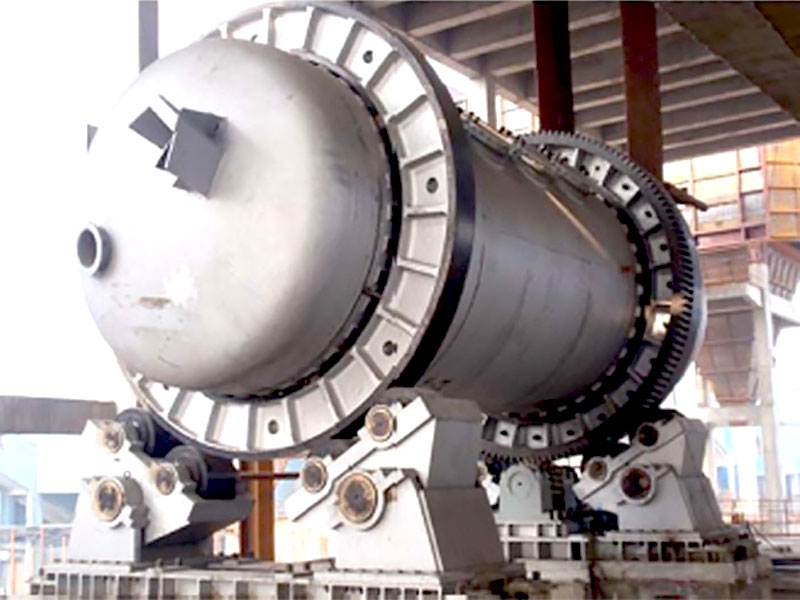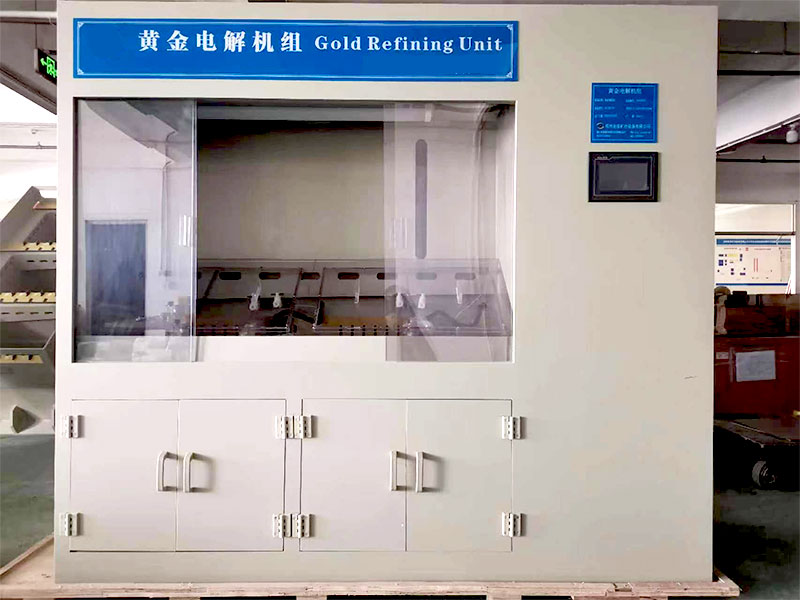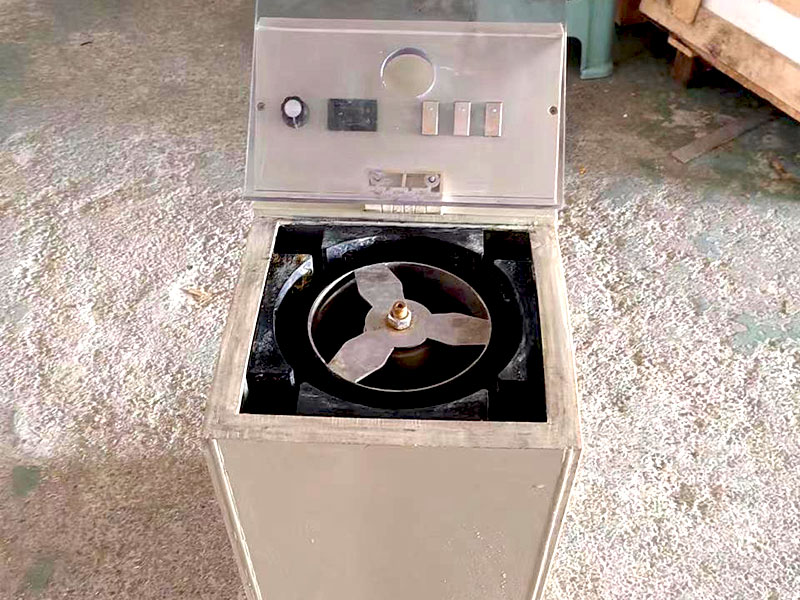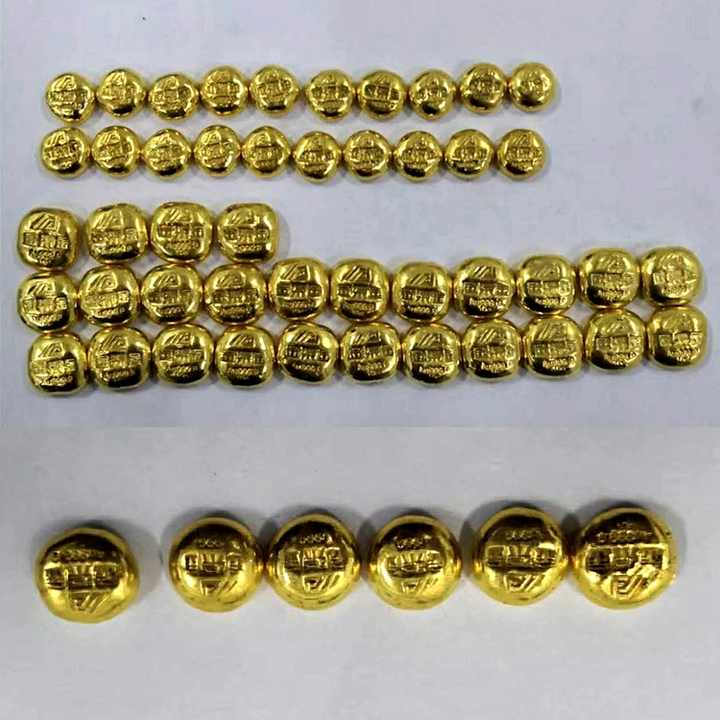process of refining gold
The Process of Refining Gold: Techniques, Steps, and Industry Applications
The process of refining gold is a critical operation that transforms raw, mined gold into a pure and valuable product. This intricate process involves several methods and steps designed to maximize the yield and purity of the gold, making it suitable for various industrial, financial, and commercial applications. This article explores the different techniques used in the process of refining gold, the key stages involved, and the wide-ranging applications of the final product. 

Techniques Used in the Process of Refining Gold
The process of refining gold can be achieved through several methods, each tailored to achieve specific levels of purity and efficiency. The choice of method depends on the initial composition of the raw gold and the desired purity level of the refined product.
- Miller Process:
- The Miller process is one of the most traditional and widely used techniques in the process of refining gold. It involves introducing chlorine gas into molten gold, which reacts with the impurities to form chlorides that can be easily removed. This method is quick and efficient, producing gold with a purity of approximately 99.5%. However, it is not suitable for applications requiring the highest levels of purity.
- Wohlwill Process:
- For achieving higher purity levels, the Wohlwill process is often employed in the process of refining gold. This electrolytic process involves dissolving gold in a solution of hydrochloric acid and gold chloride, and then passing an electric current through the solution. Pure gold is deposited onto the cathode, while impurities are left in the solution or settle at the bottom. The Wohlwill process can produce gold of up to 99.99% purity, making it essential for industries that require the highest quality gold.
- Aqua Regia Process:
- The aqua regia process is another widely used method in the process of refining gold, particularly for smaller-scale operations. Aqua regia, a mixture of nitric acid and hydrochloric acid, dissolves gold and separates it from other metals. This method is versatile and can refine gold to a high degree of purity, but it requires careful handling due to the corrosive nature of the acids involved.
- Cupellation:
- Cupellation is an ancient technique used in the process of refining gold from lead-based ores. This process involves heating the ore in a special furnace, where lead oxidizes and separates from the gold. While not commonly used today, cupellation remains valuable in specific scenarios where other refining methods may not be applicable.
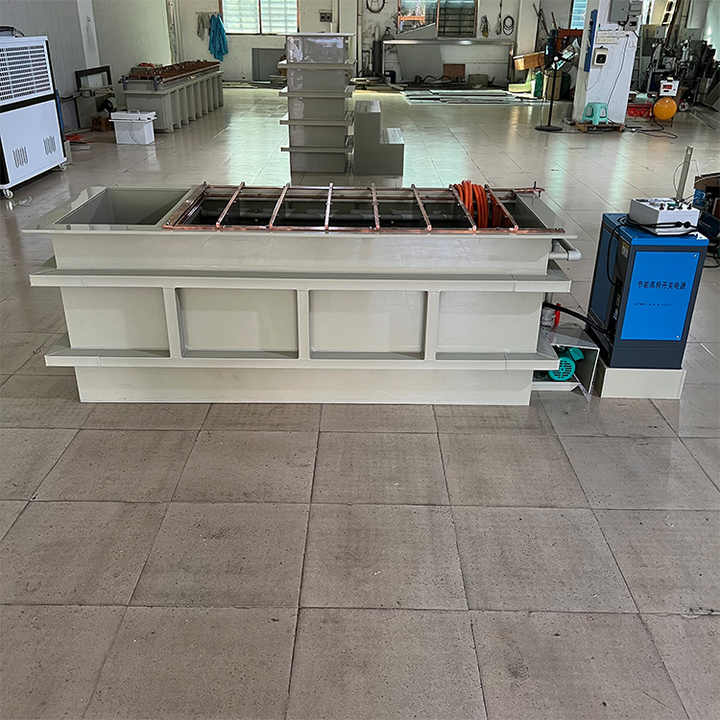


Key Stages in the Process of Refining Gold
The process of refining gold is a multi-step procedure designed to separate gold from impurities and other metals, yielding a pure and valuable product.
- Melting and Sampling:
- The first stage in the process of refining gold involves melting the raw gold material in a high-temperature furnace. This allows for the sampling of the molten gold to determine its composition and the most appropriate refining method to use.
- Preliminary Refining:
- Depending on the impurities present, the raw gold may undergo preliminary refining. This stage typically involves the use of fluxes and other chemicals to remove base metals and other unwanted materials, preparing the gold for further refinement.
- Chemical Treatment:
- In the chemical treatment stage, the gold is subjected to acids or other chemical agents that dissolve impurities. Nitric acid and hydrochloric acid are commonly used chemicals that effectively separate gold from other metals.
- Electrolytic Refining:
- For gold that requires the highest purity, electrolytic refining is often employed in the process of refining gold. This stage involves passing an electric current through a gold-containing solution, causing pure gold to deposit onto a cathode while impurities remain in the solution. This method ensures that the final product meets the strictest purity standards.
- Filtration and Washing:
- After the refining process, the gold is filtered and washed to remove any residual chemical agents. This stage is critical for ensuring the purity and quality of the final product.
- Casting and Final Inspection:
- The refined gold is then melted once more and cast into bars, ingots, or other desired shapes. The final product is inspected for purity, weight, and appearance before it is ready for sale or use in various applications.
Applications of Refined Gold
The refined gold produced through the process of refining gold has numerous applications across different industries due to its high purity and desirable properties.
- Jewelry and Ornamentation:
- The most common use of refined gold is in the creation of jewelry. The metal’s luster, malleability, and resistance to tarnish make it ideal for crafting fine jewelry, which is highly valued for its beauty and durability.
- Electronics and Technology:
- In the electronics industry, refined gold is prized for its excellent conductivity and resistance to corrosion. It is used in the manufacture of connectors, switches, and other critical components in devices such as smartphones, computers, and medical equipment.
- Investment and Financial Products:
- Gold bars, coins, and other forms of bullion made from refined gold are popular investment vehicles. Investors buy refined gold as a hedge against inflation and economic uncertainty. Central banks also hold significant reserves of gold as part of their monetary policies.
- Medical and Dental Applications:
- Refined gold is used in dentistry for crowns, bridges, and other dental work due to its biocompatibility and non-reactive nature. Additionally, gold is used in some medical devices and treatments, including certain types of cancer therapy.
- Aerospace and Engineering:
- In aerospace and advanced engineering, refined gold is used for its unique properties, including its ability to withstand extreme conditions and its effectiveness as a lubricant for mechanical parts.
Conclusion
The process of refining gold is a sophisticated and essential practice that transforms raw gold into a highly pure and valuable material. With various techniques available, from the Miller process to the Wohlwill process, refiners can achieve different levels of purity to meet specific needs. The refined gold produced through this process is indispensable in industries ranging from jewelry and electronics to medicine and aerospace. As the demand for high-purity gold continues to grow, the process of refining gold will remain a vital component of the global economy.

